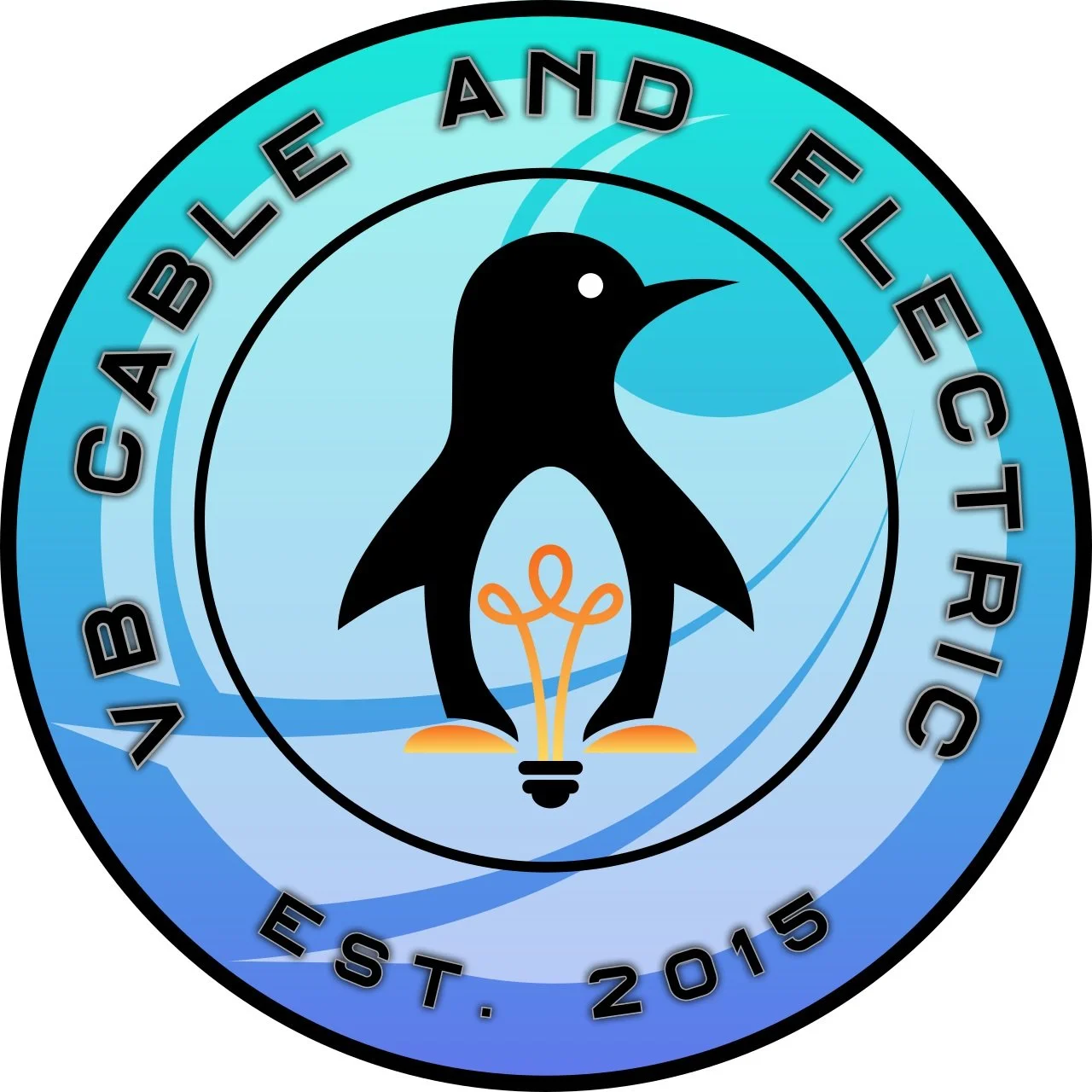Top Electrical Code Violations Homeowners Should Avoid
Electrical code violations are more common than you might think, especially in older homes or DIY electrical projects. Ignoring these violations can lead to serious hazards, including fire risks, electric shocks, and even fines. To keep your home safe and up to code, here are some of the most common electrical mistakes homeowners make—and how to fix them.
1. Overloaded Electrical Panels
Adding too many circuits to an electrical panel that isn’t designed to handle them can lead to overheating and electrical failures.
How to Avoid It:
Check your panel’s amperage capacity before adding new circuits.
If your panel is outdated or maxed out, consider upgrading to a higher-capacity panel.
2. Improperly Installed Outlets and Switches
Loose or improperly wired outlets and switches are a leading cause of electrical fires and shocks.
How to Avoid It:
Always ensure wires are securely attached to terminals.
Use tamper-resistant or GFCI outlets in kitchens, bathrooms, and outdoor areas.
3. Missing or Improper Grounding
A lack of grounding can result in electrical surges that damage appliances and increase the risk of electric shock.
How to Avoid It:
Ensure all outlets, panels, and circuits are properly grounded.
Upgrade older two-prong outlets to grounded three-prong versions.
4. Using the Wrong Wire Size
Wires that are too small for the electrical load they carry can overheat, causing serious fire hazards.
How to Avoid It:
Use the correct wire gauge for each circuit’s amperage.
Follow the National Electrical Code (NEC) guidelines for wire sizing.
5. Overloading Circuits
Plugging too many devices into a single circuit can cause breakers to trip repeatedly, indicating an overloaded circuit.
How to Avoid It:
Distribute electrical loads across multiple circuits.
If you frequently experience tripped breakers, consult an electrician about adding dedicated circuits.
6. No GFCI Protection in Wet Areas
Ground Fault Circuit Interrupter (GFCI) outlets are required in kitchens, bathrooms, basements, garages, and outdoor spaces.
How to Avoid It:
Install GFCI outlets in all locations where water is present.
Test your GFCI outlets monthly to ensure they function properly.
7. Unsafe Splicing of Wires
Splicing wires outside of a junction box or using improper connectors can lead to short circuits and fire hazards.
How to Avoid It:
Use junction boxes to contain all wire splices.
Securely fasten wires using approved connectors.
8. Poorly Secured Electrical Cables
Cables that hang loosely or are stapled improperly can be damaged over time, increasing fire risks.
How to Avoid It:
Secure cables every 4.5 feet and within 12 inches of electrical boxes.
Avoid over-tightening staples, as this can damage the wire’s insulation.
9. Installing Fixtures Without a Proper Junction Box
Light fixtures and ceiling fans must be connected within an electrical box to contain wiring connections safely.
How to Avoid It:
Ensure all electrical connections are enclosed in a proper junction box.
Use ceiling fan-rated boxes for heavy fixtures.
10. DIY Electrical Work Without Permits
Many homeowners attempt electrical projects without obtaining the necessary permits, leading to unsafe and non-code-compliant installations.
How to Avoid It:
Check local building codes before starting electrical work.
Hire a licensed electrician to ensure all work meets NEC standards.
Stay Safe with VB Cable and Electric!
Avoiding electrical code violations is crucial for your safety and your home’s value. If you’re unsure about your home’s electrical system, VB Cable and Electric can help with inspections, repairs, and upgrades. Contact us today to ensure your home is up to code!
